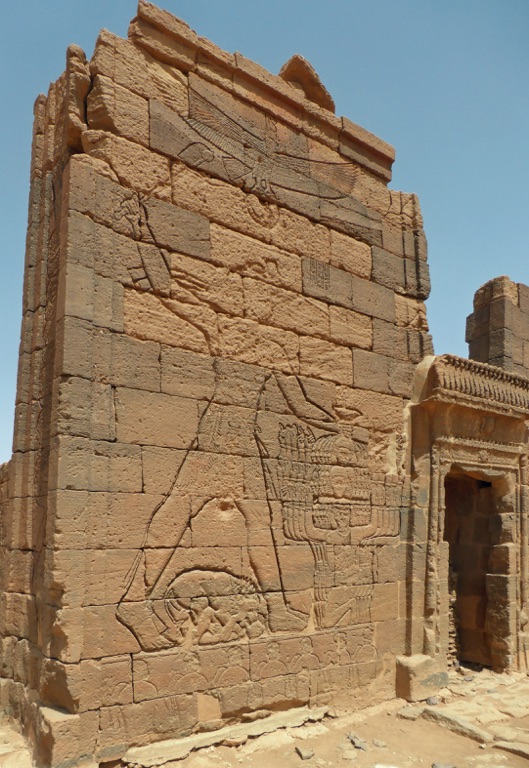Hidden within the arid landscapes of Sudan, the Temples of Apedemak hold an aura of ancient mystery and historical importance. These magnificent structures dedicated to Apedemak, a lion-headed warrior god revered in Nubian mythology, provide an invaluable window into the Meroitic period of Nubian history. Built between the 2nd century BCE and the 4th century CE, the temples stand as testaments to the architectural prowess, religious fervor, and sociopolitical dynamics of the Kingdom of Kush. They capture the blend of Egyptian, Hellenistic, and indigenous cultural influences, offering researchers crucial insights into the intricate rituals once performed within their walls. The resilience and restored elegance of these sites mesmerize visitors, serving as a poignant reminder of the rich cultural heritage of Nubia and its once flourishing civilizations.
Religious Structures
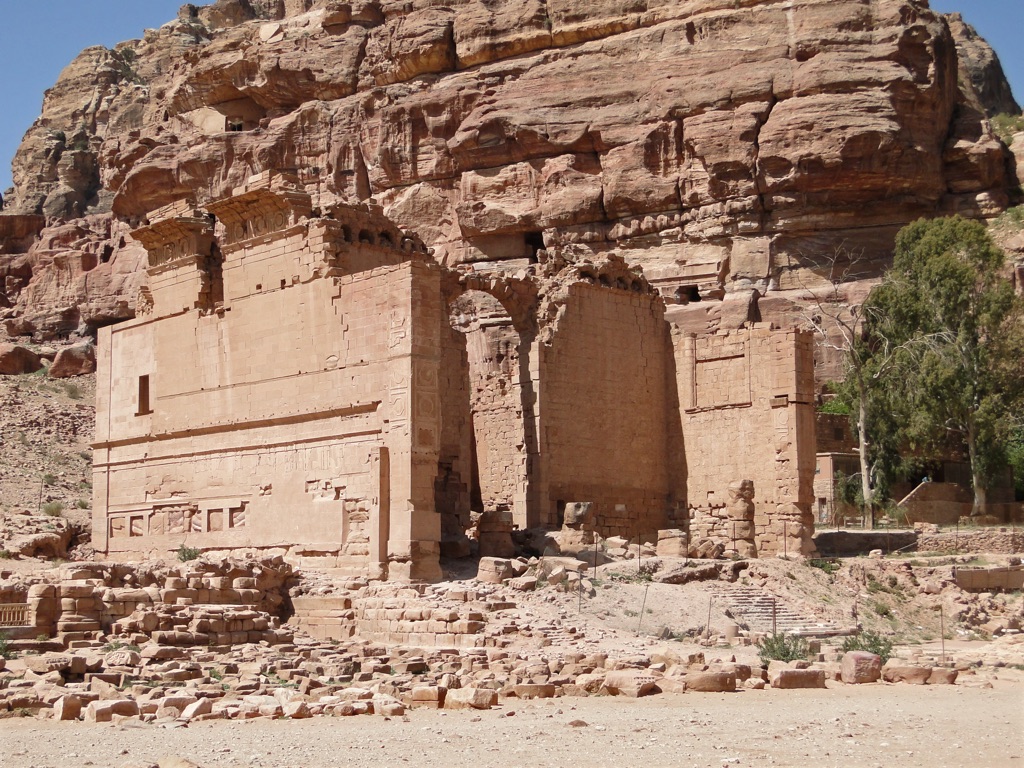
The Qasr al-Bint Temple
The Qasr al-Bint Temple stands as a testament to the ancient Nabataean civilization. This remarkable site endures as one of the few freestanding buildings in Petra, Jordan, that has largely withstood the test of time. Visitors today can marvel at the temple’s grand façade and the artistry that reflects a fusion of cultures. Once central to religious life, it remains shrouded in mystery, inviting onlookers to ponder its spiritual significance and the ceremonies once held within its walls.
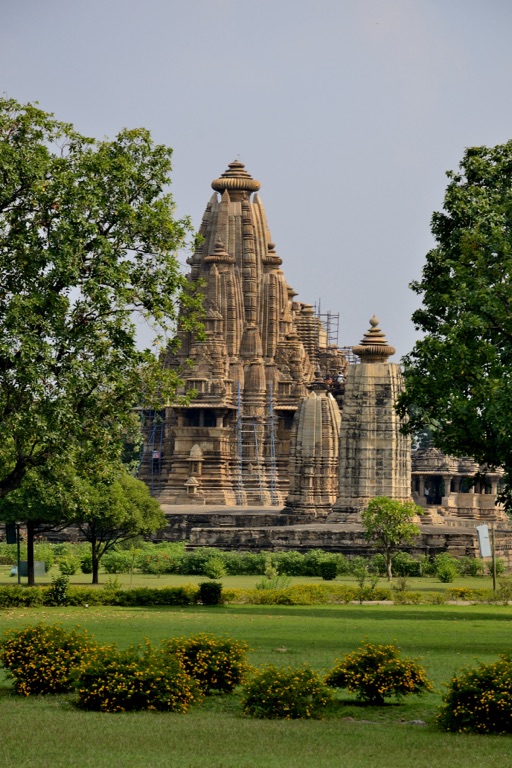
The Vishvanatha Temple
Vishvanatha Temple holds a pivotal place in India’s rich cultural tapestry. This historic site, located in Khajuraho, is famed for its intricate sculptures and architectural genius. It stands as a testament to the unparalleled craftsmanship of the Chandela dynasty. This temple is part of the Khajuraho Group of Monuments, a UNESCO World Heritage Site. It is dedicated to Lord Shiva, revered in a form known as ‘Vishvanatha’, meaning ‘Lord of the Universe’. Tourists from all over the globe visit Vishvanatha Temple to immerse themselves in its sacred ambience and marvel at the artistic splendor that dates back to the medieval period.

The Temple of Hera (Olympia)
The Temple of Hera, also known as Heraion, is an ancient temple located in Olympia, Greece. Constructed in the 7th century BC, it is one of the oldest monumental temples in Greece. The temple was dedicated to Hera, the wife of Zeus and one of the most important deities in Greek mythology. It was an integral part of the Olympia sanctuary, a religious and political meeting place that was the site of the Olympic Games. The Temple of Hera is an architectural marvel, showcasing the early development of the Doric order, one of the three orders of ancient Greek architecture.
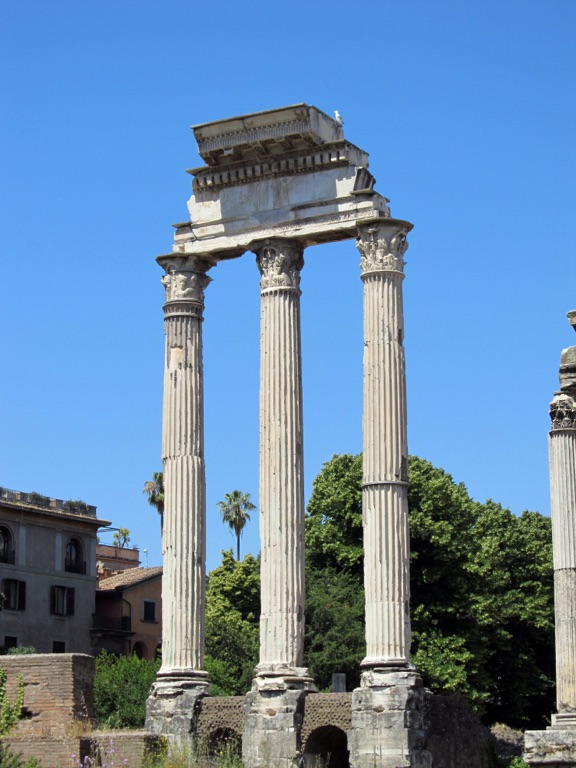
The Temple of Castor and Pollux
The Temple of Castor and Pollux stands as a timeless emblem of ancient Rome’s enduring legacy. Nestled in the heart of the Roman Forum, this architectural marvel provides a remarkable window into Roman religion and society. Though only three Corinthian columns remain, the temple once signified reverence for the divine twins, Castor and Pollux, credited with aiding Rome’s victory in the Battle of Lake Regillus. Visitors and history enthusiasts alike can bask in the temple’s historical significance, with remnants that speak volumes about Roman construction methods, religious beliefs, and the social importance of such structures in public life. A visit to the temple offers an immersive experience, bridging the gap between the past and present, allowing one to step back into a world where mythology and reality intertwined.
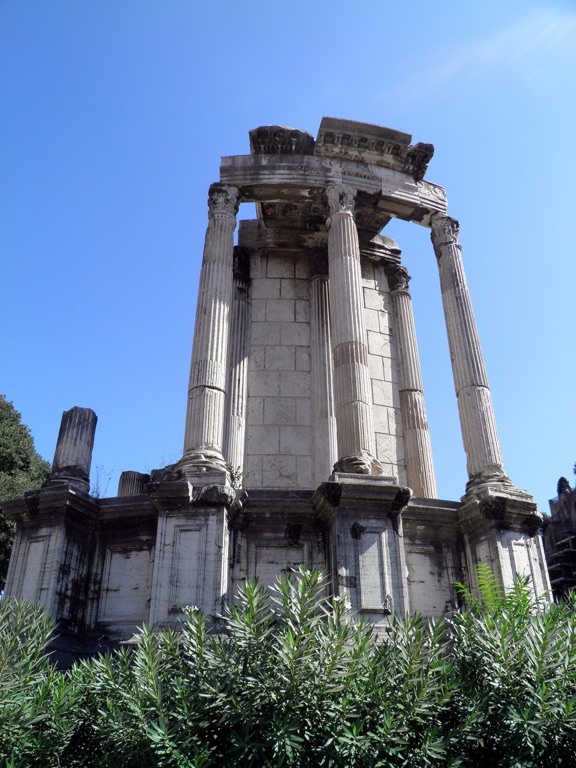
Temple of Vesta
Discover the Temple of Vesta, the heart of ancient Roman worship and mythology. Resting in the Roman Forum’s bustling center, the temple once housed the sacred fire of Vesta, the goddess of the hearth. Although time has left only ruins, it has not dimmed the temple’s significance. Romans believed that as long as the vestal fire burned, Rome would endure. That belief shaped their ritualistic endeavors to protect and maintain this essential flame. Today, the remains of the temple offer glimpses into the lives of the Vestal Virgins and their critical role in sustaining Roman religion and society. Visitors can stroll through history, envisioning how this site once radiated with religious fervor and communal spirit.

